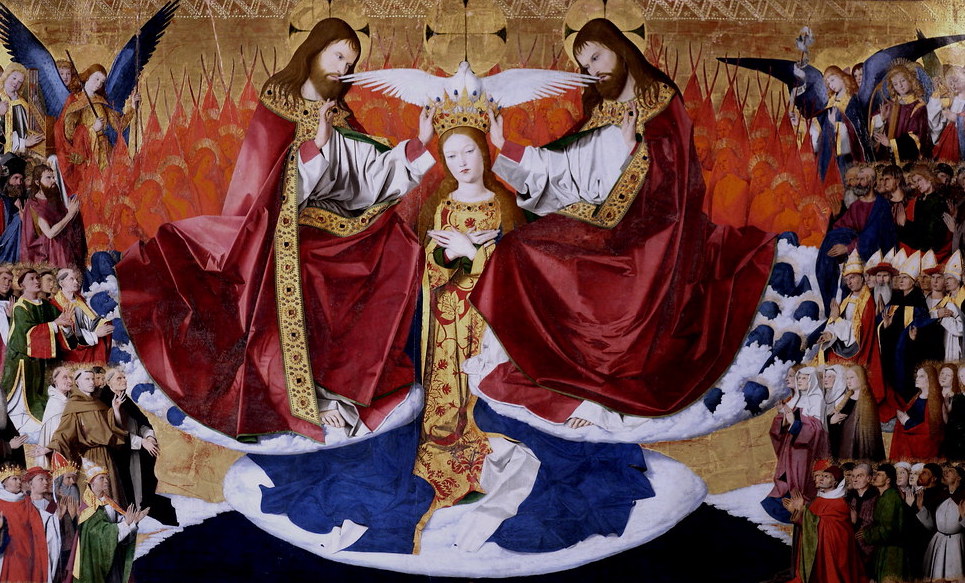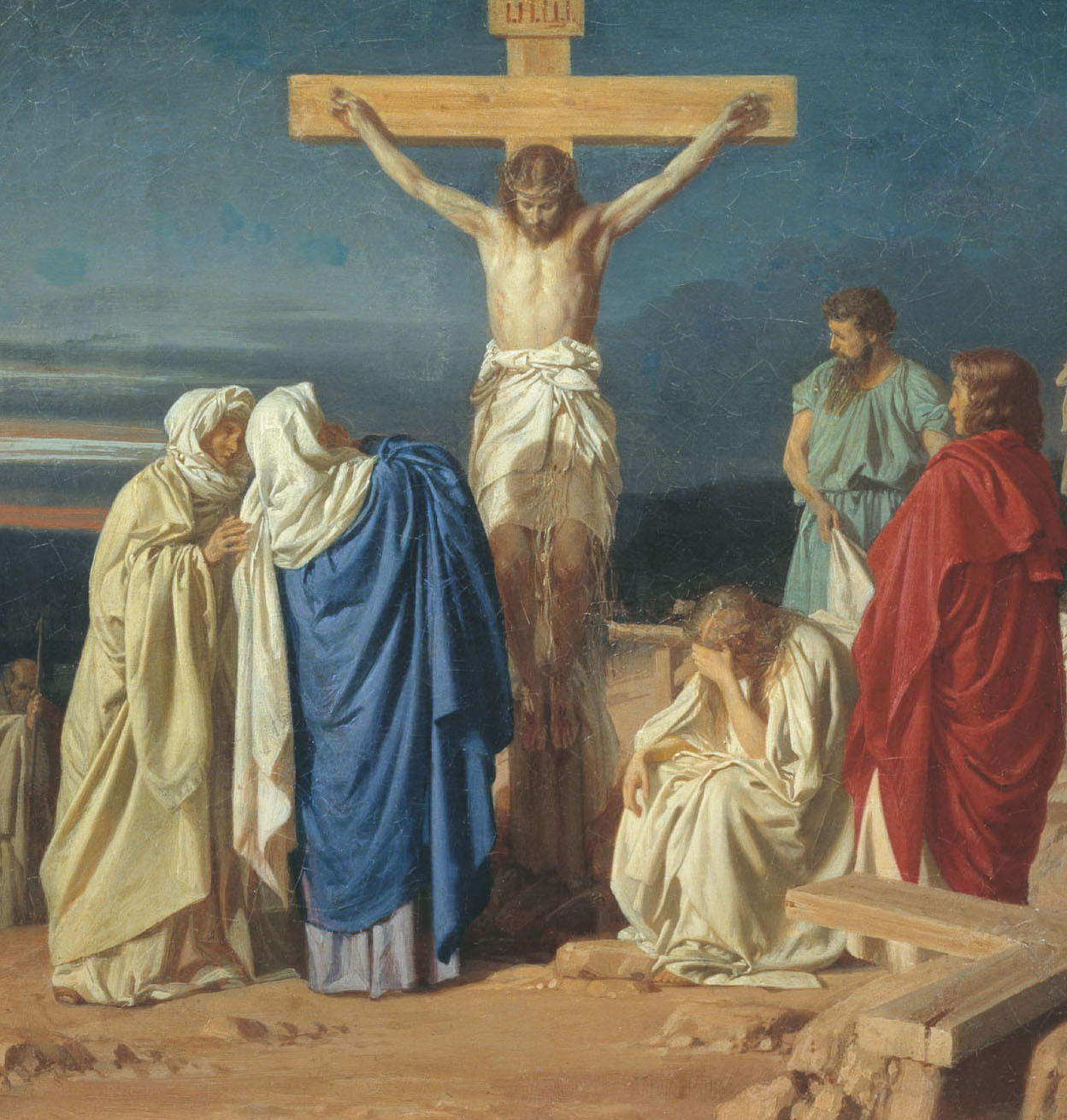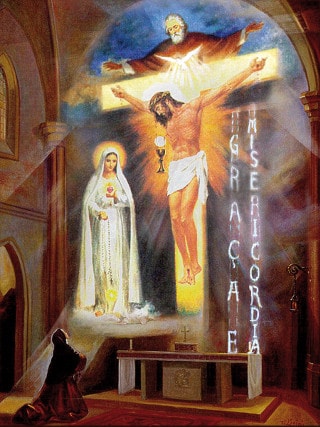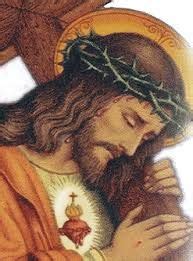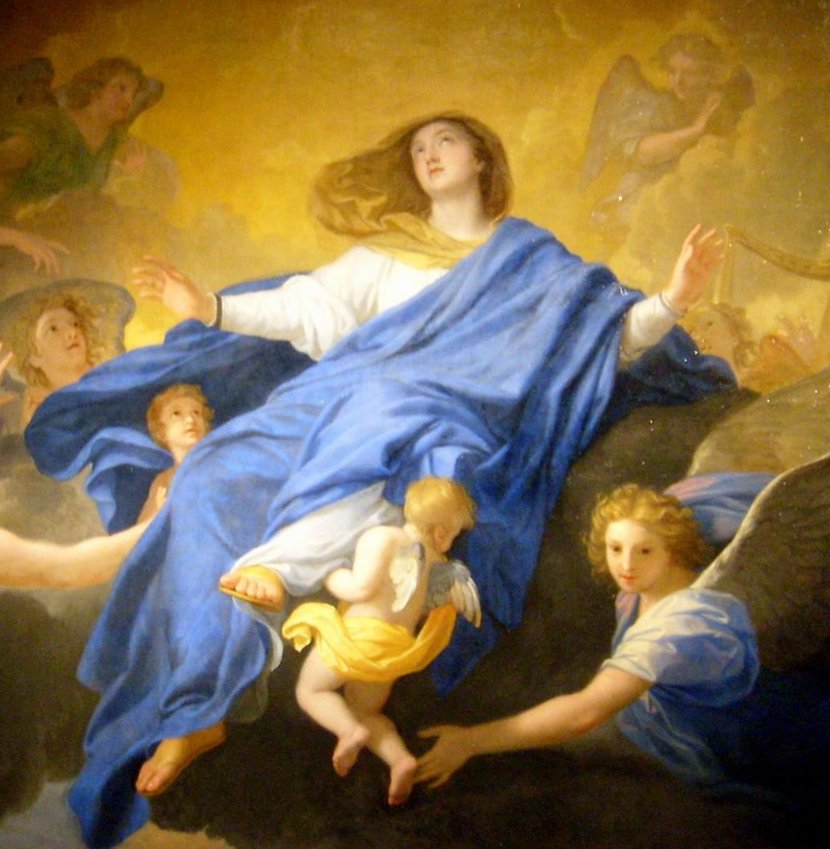A few days ago, we celebrated the Solemnity of the Sacred Heart. 2025 is the 350th anniversary of one of the apparitions at Paray-Le-Monial (1673 – 1689), in which Jesus asked, among other things, for the Holy Hour on Thursday evening, in order to unite himself with his agony in the Garden of Olives. He knew that to know his Heart, we had to join him in this terrible agony. But what is agony? It’s the torments that precede death. Jesus’ body will agonize on the cross, but his Heart will agonize in the Garden of Olives. “The agony of Gethsemane is that of the heart, the blood that flows in the Garden is the blood that flows from the heart”. said Saint Alphonsede Liguori. Jesus will undergo this trial in his humanity alone, without the assistance of his divinity. It is his human Heart, so good, so pure, so gentle, that will struggle and be crushed, motivated only by his inordinate love for us. This is the glory of the “Sacred Heart”, and this is why Jesus wants to be honored with his human Heart visible on statues and paintings.
The suffering of the dying Jesus will take three particular forms: disgust, despair and fear.

Agony of disgust. The Gospel tells us that Christ was disgusted. Indeed, it was at that hour that He clothed Himself in the ignominy of all the sins of the world, as if He had committed them and was responsible for them. He, the most pious being, saw himself bearing the most atrocious blasphemies. He, the most charitable being, was responsible for the most atrocious killings. He, the purest of beings, was mired in the most ignoble sins of the flesh. This gigantic gulf between His holiness and the human debauchery that rushed at Him should have killed Him instantly (St. Thomas would explain that He Himself delayed His death to go to the sacrifice of the cross). St. Alphonsus describes this disgust in His agony thus:
“He must atone for our sins in our place; he must therefore take them upon himself like a vile garment dragged through the mud; he must endorse them and, before his Father, bear, as if he had committed them, full responsibilitý. This is the hour of the powers of darkness. Jesus is kneeling on the stony ground of the garden of agony; suddenly, from the distant past and future, as the horizon suddenly darkens when the storm breaks, he sees all past and future sins come rushing in: they embrace him, they splash him, they submerge him, hideous, muddy waves, against which he doesn’t even try to struggle; he just bows his forehead and blushes; he is the sinner, he is sin.”
Oh my sweet Jesus, in the midst of this onslaught of evil, you put on my own sins, identifying them perfectly. Yes, in that instant, you saw me soiling you, crushing you, making you bleed. Oh, may this terrible vision of what I have done to you personally destroy my pride forever, so that I can humbly throw myself at your feet and beg your forgiveness.
Agony of despair. Beyond this disgust with Himself, another pain is added. The apostles may be asleep during this agony, but Satan is not. And he is going to tempt Our Lord into abandoning Him, showing Him the uselessness of His sacrifice for millions of souls who will still go to hell for eternity. This sense of the futility of his suffering suffocates Jesus. The vision of these souls He loves going to damnation throws Him into a despair that pierces His Heart through and through, and makes Him want to stop everything. What’s the point of all this suffering, since it’s useless?
“Then, from the depths of his battered and weary body, from the depths of his shame-ridden soul, rise the cowardly counsels of temptation. Why suffer to erase the sins you haven’t committed? Why try to cure a human soul so vicious that it will return to evil despite all the pains of Calvary? And Christ sees very clearly the perfect sterility of his sufferings for beings without number! Why love so madly men who ignore and blaspheme him? Why should we? Why? (…) The hardest part of his agony in the Garden is the certainty that his pain will be lost for the damned, and that his blood will fall on them: to give one’s blood in order to save and, through one’s blood, to lose those one loves, this is the height of torment for the Heart of Jesus, this is, at the bottom of the chalice, more bitter than the crucifixion itself, the dregs that the Savior must drink.” Saint Alphonsus de Liguori
Agony of fear. Jesus sees with great precision the torture he will undergo in a few hours. He sees the torture of the scourging – 45 minutes, more than a thousand blows that will flay him alive and drain him of blood – he sees the crown of thorns that will sink into his head and disfigure him, he sees the humiliation of nakedness, he sees the crowd’s ranting and hatred against him, he sees the nails that will sink into his nerves, he sees the abandonment of his Father. All this overwhelms him with fear. A human, icy fear of the torment to come. Finally, he sees his Mother at the foot of the Cross, her Immaculate Heart pierced with pain. Faced with this vision, he is horrified to have caused it. St. Alphonsus would describe Jesus’ fear in these words:“To complete the Savior’s inner Passion, here is the haggard fear that now assails him and, like a beast stalked by hunters and dogs, makes him pale, shiver and huddle, tiny, against the ground where he would like to be swallowed up”.
Faced with this agony of the Heart of Jesus, we might be tempted to reassure ourselves, regarding this moment as a thing of the past, and fortunately a thing of the past. But this agony is not over. Just as in the Holy Eucharist Jesus offers Himself anew every day as an (unbloody) sacrifice on the Cross, so the new sins of the world prolong the agony of Our Lord, for they are always borne by Him. A saintly priest, Father Charles Parra, wrote: “He agonizes today for me over my sins of today, which he knew, in their final detail, with their number and severity in the Garden of Gethsemane. My great sins and the others. Not only my sins, but the whole mess of my lukewarm, ungenerous, flameless, selfish, lazy, worldly, empty life.” If the Sacred Heart appeared at Paray-Le-Monial to ask us to share in the sufferings of His agony, not only because it was the worst moment of all His passion, but also because He wants us to see our own sins borne by Him, to be crushed in our own hearts by remorse, and to be at His side to make amends by joining in His suffering.
This contrition for our sins, the fruit of this mystery, must be the first outcome of this meditation. We must beware of the absence of remorse, of complacency in sin, telling ourselves that it’s not so serious after all, and that we love Jesus anyway. This false spirituality leads to “sinning against the Holy Spirit”, which is unforgivable because we don’t ask for forgiveness, and God cannot force our freedom. This is why the recent notion of “automatic mercy”, which consists in believing that God’s forgiveness is acquired whatever we do, is both false and a terrible trap. It gradually weakens our willpower – what’s the point in making an effort, since we’re all going to heaven anyway – and allows us to sink into sin with a clear conscience. In this way, the soul gradually makes its way to hell without realizing it, Satan’s supreme ruse. Of course, God wants to give His Mercy to all men without exception. But not everyone can obtain it, because mercy depends on sincere contrition. Contrition and mercy are inseparable. And the splendor of God’s Mercy can only be understood in the light of what it cost Him: the terrible agony of the Heart of Jesus and His sacrifice on the Cross. St. Francis de Sales would explain that “all love that does not originate in the passion of the Savior is frivolous”.
The second outcome of this meditation must be the contemplation of the Love of Jesus, who offers Himself for us in the agony of His Heart. All the greatness of the Redemption is expressed here. In His terrible agony in the Garden of Olives, as on the Cross, Jesus’ indomitable love for us is omnipresent and at the root of everything. “In the Redemption through the Cross, it is love that controls everything: infinitely more than the satisfaction of divine justice, which wants sin to be punished, there is the Love of God, which wants men, all men, to be saved. All this Love of God vibrates and palpitates in the Heart of Our Lord”. says Saint Alphonsus de Liguori. Yes, sincere and deep regret for our sins must be followed by an act of trust in the Love and Mercy of Jesus. Let us throw ourselves weeping like a little child into the loving arms of Our Lord. Then He will burn away all the evil we have done to Him, and lift us up to His Father.
To conclude, let us repeat with St Alphonsus de Liguori this prayer: “My Jesus! when I consider my sins, I’m ashamed to ask you for Heaven, after so many times renouncing it in your presence for unworthy and fleeting pleasures. But when I see you tied to that cross, I can’t help hoping for Heaven, knowing that you wanted to die on that painful gallows to atone for my sins and obtain for me the heavenly happiness I have despised”.
Author: Alliance 1ers samedis de Fatima

